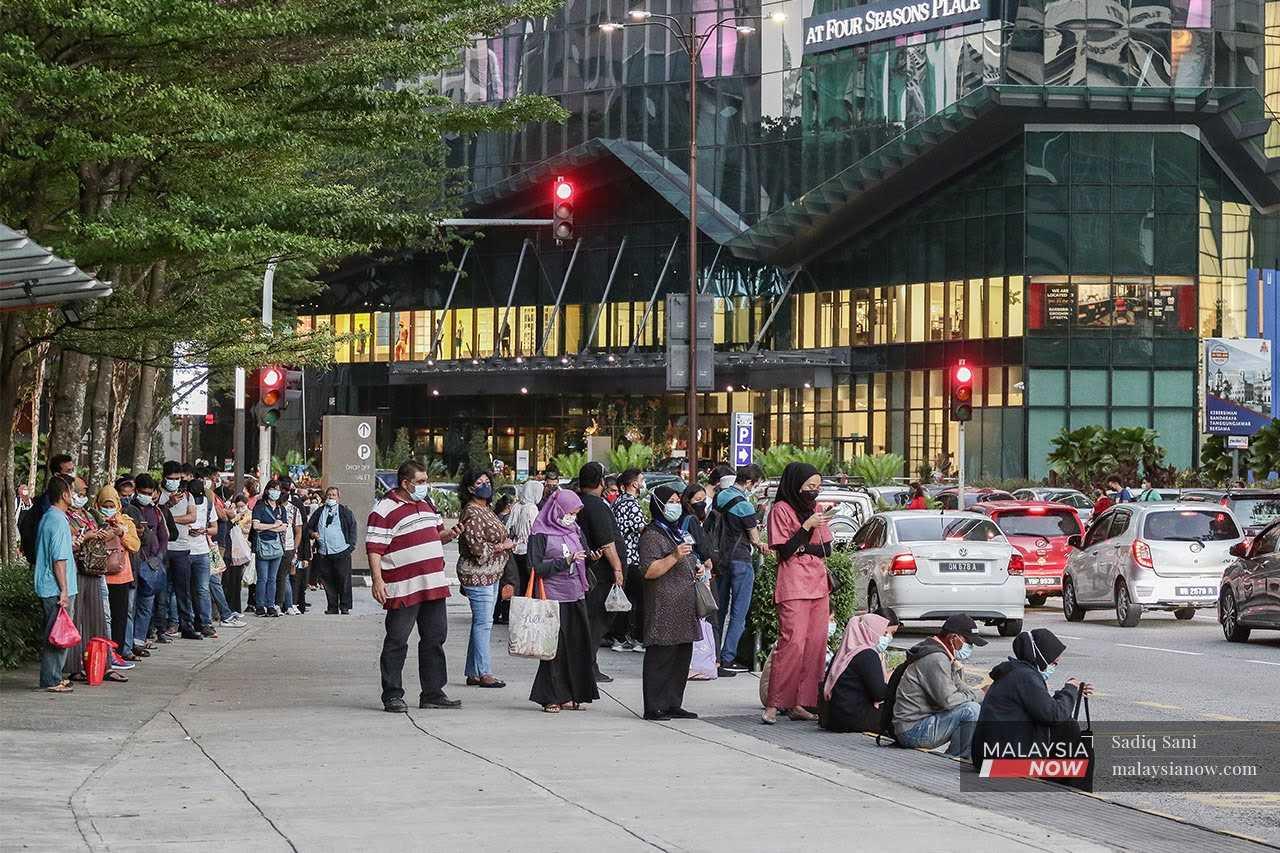Public transport flaws, the downfall of Malaysia's walking culture?
Walking appears low on the list of options for getting about, but not necessarily because Malaysians want to buy cars.
Just In
In a country like Malaysia where most households have at least one private vehicle, walking appears fairly low on the list of options for getting about.
Whether the vehicle in question is a car or a motorcycle, demand for motorised transport is going strong, with total industry volume (TIV) for the first half of 2022 rising 33% from the same period last year.
The Malaysian Automotive Association meanwhile revised the 2022 TIV in July to 630,000 units from 600,000, demonstrating a continued interest in the purchase of vehicles.
Cars, it would seem, are a must, especially for those in the middle to high-income bracket who form part of the hustle and bustle of city life.
Whether it's getting to work and back each day, or running out for a morning of errands, walking is rarely considered.
A recent study by Stanford University in California ranked Malaysia as the third worst country out of 46 in terms of physical activity – specifically walking.
The study, which tracked the number of steps taken every day by some 700,000 participants, found that Malaysians walk an average of 3,963 steps per day.
In Saudi Arabia, the average was found to be 3,807, while in Indonesia, which took first – or last – place, people walked about 3,513 steps a day.
But several individuals who spoke to MalaysiaNow about the culture of walking in the country said the study results showed only part of the picture.
It's not that Malaysians across the board choose to spend money on cars or motorcycles, they said. It's just that walking would be easier with the provision of infrastructure such as foot paths and easy access to public transportation.
Nurdhiya Aizat Othman, 32, used to work at a bank in Kuala Lumpur. Although he owns a car, he preferred to take the train and then walk from the station to his office.
For him, it was easier to get to work this way than to spend time stuck in traffic and fight for parking once he arrived.
"Of course, it's not possible for everyone to walk from their house all the way to work," he added.
"So if you want to encourage more people to walk, there have to be pedestrian walkways that connect to public transport facilities like train stations and bus stops."
During his time at the bank, Nurdhiya would take the bus from a stop near his house to the Alam Sutera LRT station.
From there, he would travel to the Masjid Jamek LRT station, then walk about 400m to his office building.
"Some areas in Kuala Lumpur have good pedestrian walkways, but there are also places where a lot of improvements need to be made," he said.
Still, he continues to rely on public transport for his daily activities.
"Most of the time, I just walk. It's not a problem," he added.
Fazley Fadzil meanwhile takes public transport because he doesn't have a car.
Every morning, he takes a 20-minute walk from his home in Kampung Baru to a bus station in Chow Kit about 1.5km away.
There, he waits for the bus that will take him to Segambut and drop him off about 1km from his office.
"From there, I walk through the housing areas until I get to work," he said.
Both he and Nurdhiya agree that the biggest weakness in the public transport system is the inconsistent bus service.
The uncertain arrival and departure times make it difficult for them to plan exactly when they will arrive at work, despite the apps and online tracking facilities provided by bus companies.
Sometimes, Fazley is forced to take another bus and head towards KL Sentral before transiting to the LRT to return to his house.
"From KL Sentral, I take the LRT to the Kampung Baru station and then walk about 200m back home," he said.
Nurdhiya meanwhile resorts to e-hailing a ride to the nearest LRT station.
He said he had lodged complaints before, but that nothing seemed to have changed.
"Trains are the best for getting around Kuala Lumpur," he said.
"But the bus service needs a lot of improvement. Buses will go through places with no access to trains when they could in fact connect the stations to housing areas.
"If the bus system could be improved, more people would be encouraged to use public transportation, and the culture of walking in Malaysia would improve as well."
Subscribe to our newsletter
To be updated with all the latest news and analyses daily.
Most Read
No articles found.
